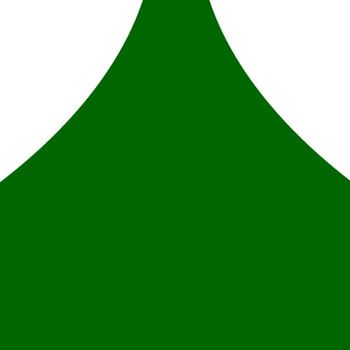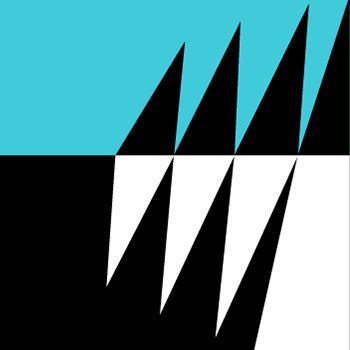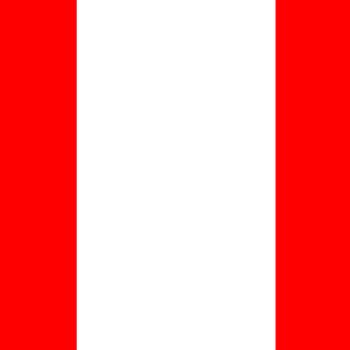Hawks formed 1880 after stolen footy dispute

I’ve heard, and written, about all sorts of footy stories but none after a stolen football was returned to its owner, leading to the formation of an important club.
But that’s the folklore behind the founding of the mighty Eaglehawk Football and Netball Club.
It seems that in early 1880 Jim Steward had bought his son a brand new footy and it was put to solid use on what is now Canterbury Park oval.
But a slight hitch occurred. Young Steward and his mates were interrupted by another group of lads, headed by ‘King’ Williams and Charlie Carter, who headed off with the new pill.
Fences were mended and forces were eventually joined by the Steward, Carter and Williams families and a team was formed.
A match between the newly-born Eaglehawk outfit and established Coachbuilders footy club (1878-1886, disbanded 1887) which was a member club of the Bendigo Football Association --- now the BFNL --- was arranged.
Although the Eaglehawk-based side lost it was decided to call a meeting to officially form a footy club.
At that time Eaglehawk was a thriving goldfields town of around 15,000 and as fortunes were found and lost in the mines footy was starting to find a real role as a recreational pastime.
So the meeting went ahead in the rear of a store on High Street, in what was known as the ‘Cripps room’.
It was there that the distinctive two blues colours were decided upon for the new club, Eaglehawk.
This is how the formation of the Eaglehawk club was reported upon.
“In deciding on the Two Blues the new club set out on the right footing from its very inception.
“No other club can boast of the traditional colours of the two most famous universities in the world – Cambridge and Oxford.
“The dark blue of Oxford and light blue of Cambridge were selected because of the keen rivalry of the originators of the club, each university being equally represented on the goldfields by former students, men of great foresight who had the wisdom to come together and form one grand and happy club.”
Mayor of Eaglehawk Mr George Loudon presided at the foundation meeting, Tom Young was elected as secretary and Jack Shoosmith was appointed the new club’s first captain.
It was decided that the club would be based at Canterbury Park, a proposal which presented a huge problem.
The reserve was then basically a ‘slum’ bank with the overflow from the nearby, highly lucrative Virginia Mine, flowing into it.
But volunteer workers eventually cleared the sludge and made certain that Canterbury Park would be a first-class oval for the new footy club and its opponents.
So the Two Blues prospered and won their first premiership in 1882 with Charlie Leggo as coach, in the days when finishing top-of-the-ladder ensured winning the flag with no finals then in vogue.
Eaglehawk turned into the then Bendigo Footy Association’s ‘trump card’, notching back-to-back premierships in 1882 and 1883 and then again in 1886-1887.
The Hawks’ fifth pennant came in 1889 with Jim Steward, father of the boy who’d had his footy stolen, playing as a sterling full-back in those later 1880s sides.
He was also in the last line of defence when Eaglehawk won in 1894 and was dubbed the ‘Waterbury Invincibles’.
I’ve mentioned this in earlier articles but the Waterbury Watch Company in a 1894 Victorian statewide competition donated 20 gold watches to the club which kicked the greatest number of goals in 18 regular season matches.
A few words about Waterbury. It was a well known late 19th century watch and clock manufacturer, the first one to produce a watch that the average-man-in-the-street could afford.
Up until that time watches were the possessions of the wealthy.
Spokesmen for the watch company announced that every Victorian club was eligible to enter the competition.
But Eaglehawk faced a unique problem after winning the 1894 BFA premiership, undefeated, as they’d played just 16 matches.
The Two Blues needed two more matches to qualify for the watches contest, so officials hurriedly arranged for those games to be played against representative teams from the Maryborough and Echuca leagues.
They won both, added another 17 goals to their tally while conceding just two. They entered the Waterbury competition with the impressive total of 158 goals.
Having clinched the title of the ‘Waterbury Invincibles’ Eaglehawk played an Upper Reserve representative match against a cobbled together Bendigo team and won: 6.8 to 4.5.
Thousands of spectators crammed into the Upper Reserve for the big game.
Looking back to the Waterbury competition the Hawk’ total of 158 majors was eight better than Essendon’s 150 goals and Beechworth, in third place.
Remembering that this was 1894 and three years before the VFL was founded. So Essendon was a competition member club of the then Victorian Football Association.
They went on to take home their fourth consecutive VFA premiership in 1894, losing just three matches in those four seasons.
Essendon was then known as the “Same Olds”.
The club played at the East Melbourne oval, but sang the winner’s song ‘The Same Olds’ to remind supporters that they were still the same, old Essendon.
But there’s a sad and poignant ending to the 1894 Waterbury season.
The boat carrying the original gold watches sank on its journey from England to Australia, so the firm’s Victorian representatives instead presented 40 nickel watches --- one for each player and one each for his wife or ‘ladyfriend’.
From that spectacular season, with E. Hummel as the captain, Eaglehawk won the premiership in five, successive years (1894-1898), and by the time the 20th century rolled along had won an amazing 10 BFA flags in total.
Many player awards have come the way of Eaglehawk footballers and netballers.
Footy, Michelsen Medals: Greg Kennedy (1971), Alan ‘Bruiser’ Williams (1974), Des English (1978), Reece Langan (2000), Lucas Mathews (2001), Kain Robins (2006), Shannon Milward (2008), Josh Bowe (2010), Brodie Filo (2015).
Grand final Nalder Medallists – Rhys Healey (2007); Damien Lock (2008); Jonty Neaves (2018).
Goalkicking, later Ron Best Medal: Frank Crapper (1930, ‘32, ’34) Mancel Davies (1935, ’36, ’38), Harry Morgan (1948, ’51, ’52, ’53), Merv Hicks (1961), Greg Kennedy (1970, ’71), Keith Raynor (1972, tied with Peter Hutcheson, South Bendigo), Daryl Gilmore (1982, ’84, 1991), Damien Brown (2007), Matt Gretgrix (2013, ’15).
Gilmore finished on 214 games, 812 majors with 100-plus scored in 1982 (113) and 1984 (120).
Netball, A grade premiers: 1992, 1996, 1998-99, 2012. Betty Thompson A grade medallists: Genevieve Slater (1998), Ashley Ryan (2019).
Still to come: the Two Blues in the 1930s, winning the flag in 1935 to snap Sandhurst’s run of six, consecutive premierships.
In recognition of chairman Zach Harvey and my fellow selectors on the panel which had the responsibility of naming Eaglehawk’s Team of the 20th Century, announced August 2005.






















